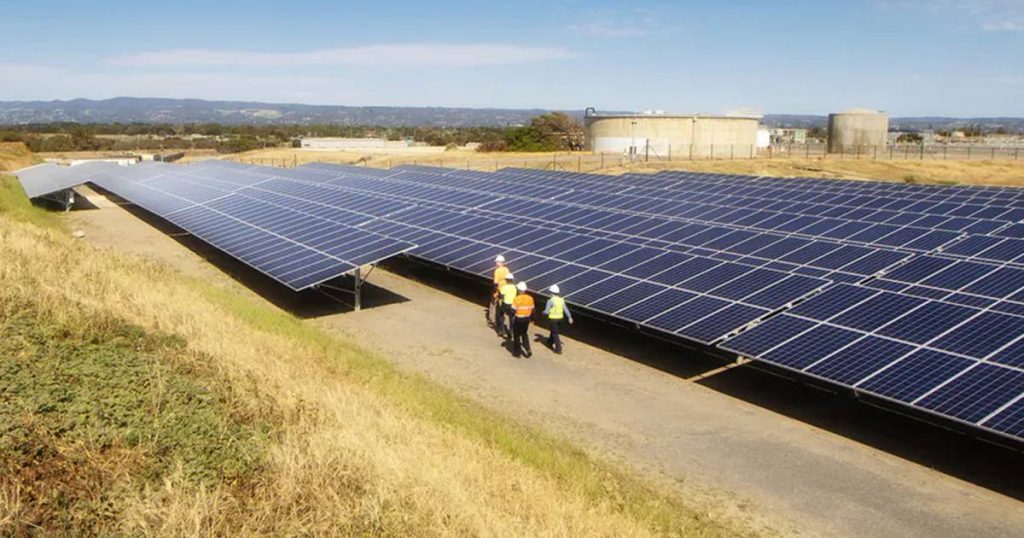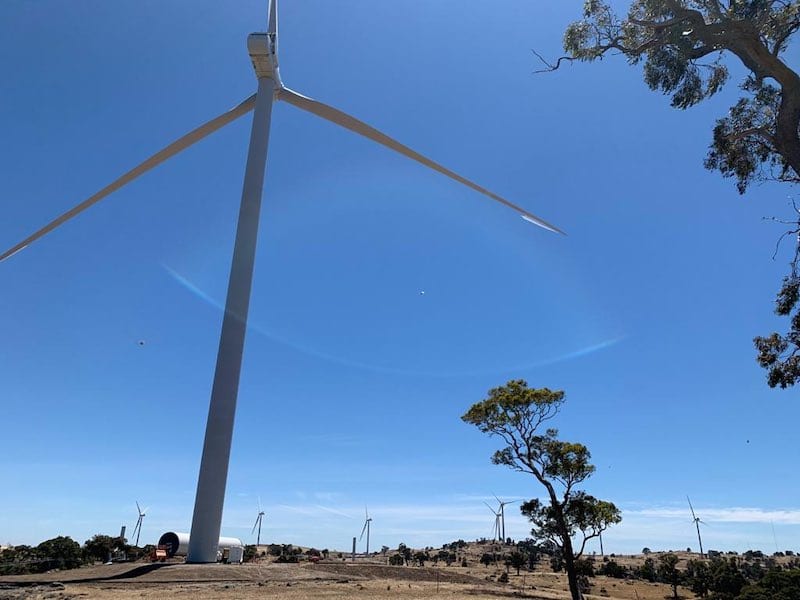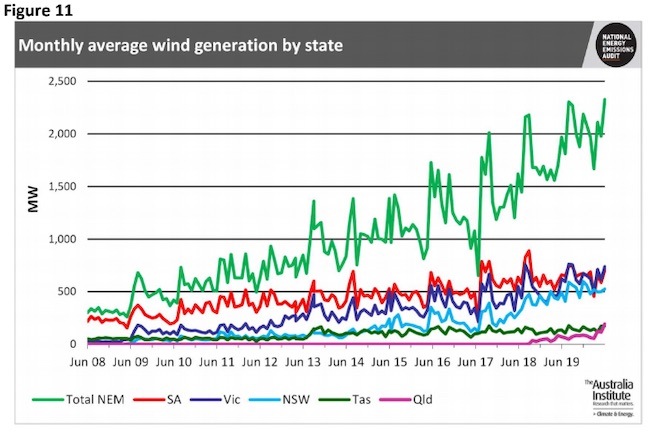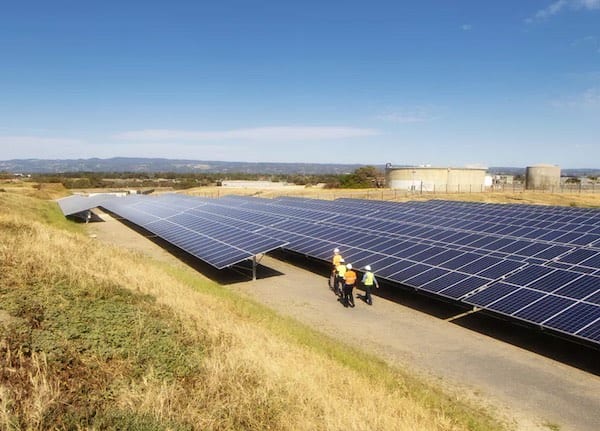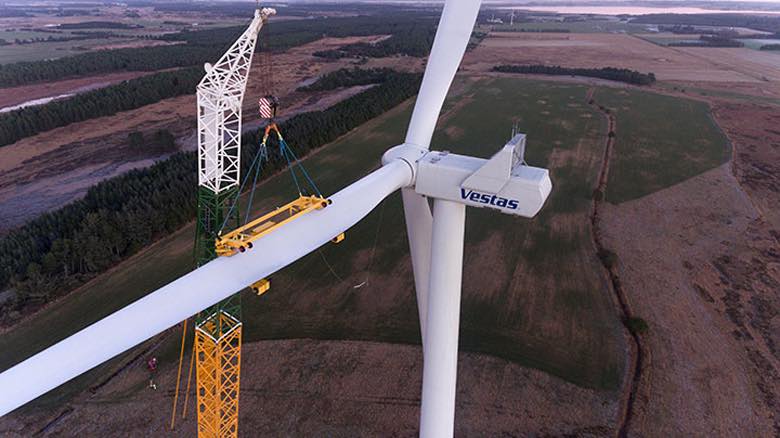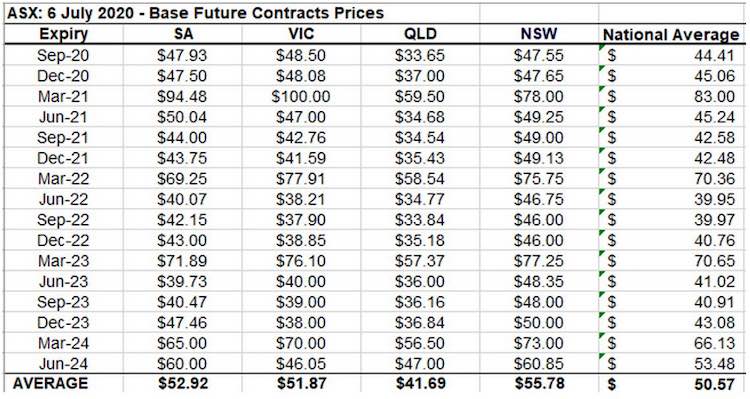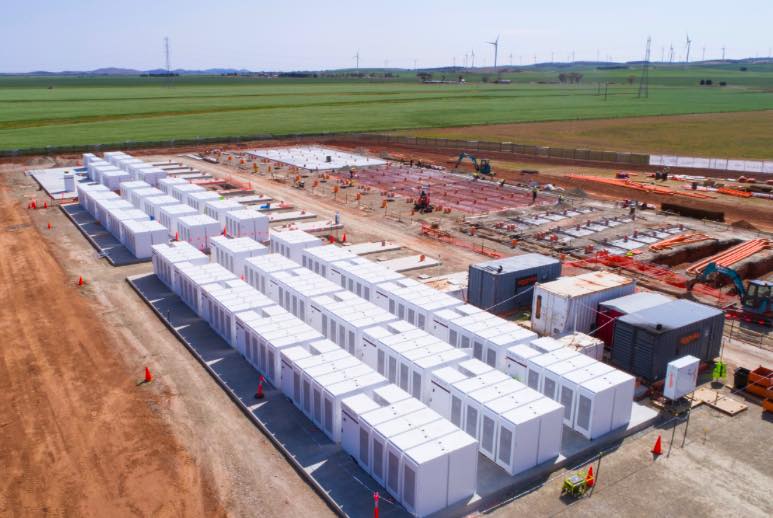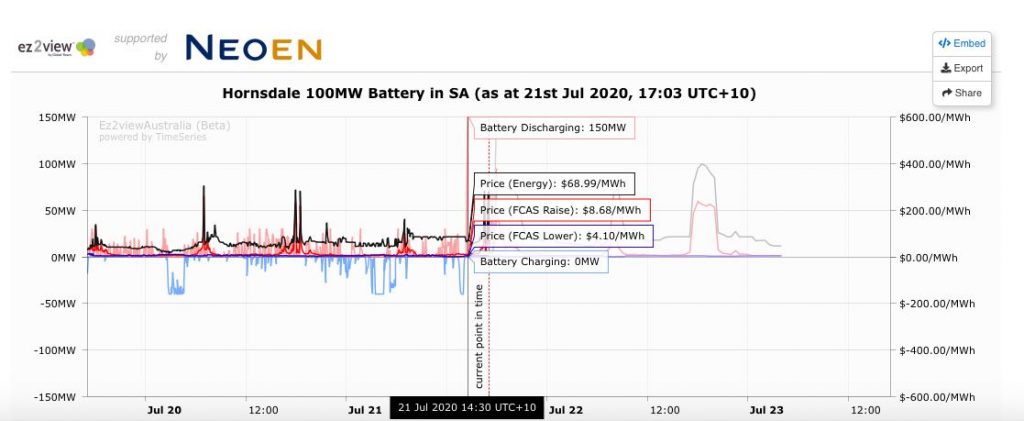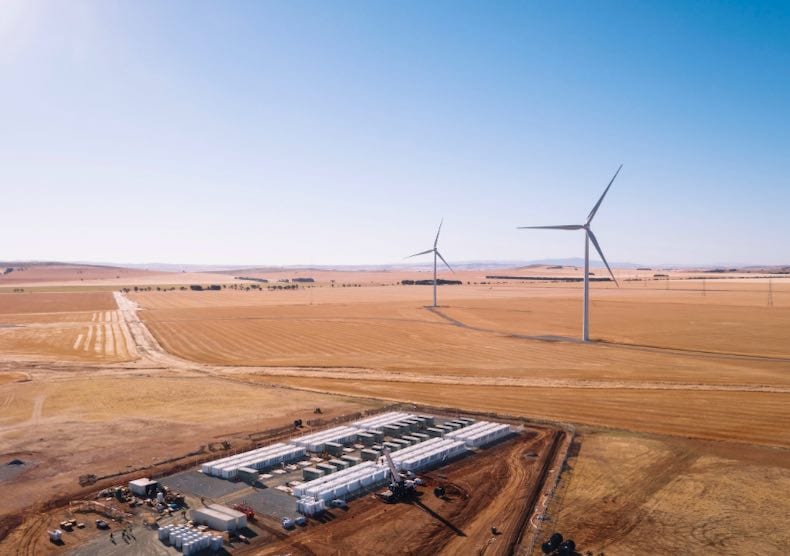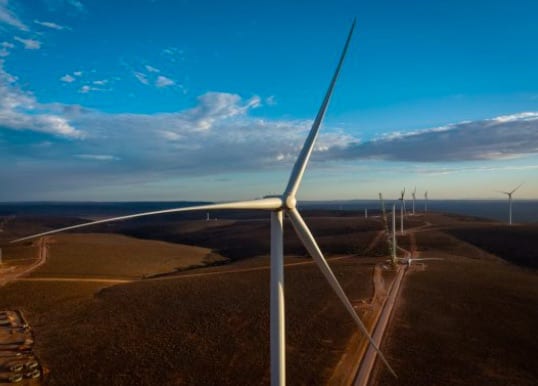South Australia is indeed much further down the path to renewables than the rest of Australia, 50% for the last 4 years, so I focus my discussion on South Australia (because this is a South Australian forum) and the fact that no where else in the country has gone so far down this path. (Sorry Tasmania you never made a transition from fossil fuels to renewables, you added some wind to basically a hydro power source)claybro wrote: ↑Sun Jun 28, 2020 3:51 pmNot at all. A quick search of freely available information on the net shows power generation mix for the various states. Over the last month, wind has rarely achieved that amount overnight, some nights yes-calm nights no- even in SA. It has barely reached that level even durning the day...it has been comparatively calm on many days over the last few weeks. For the whole of SE Australia, it fares much worse. Opinion masquerading as fact?...then you say "my guess is that....?
My source? -Energy Matters has an interactive chart for all states and all types of generation including battery and rooftop solar- but there are other offical sites as well. As at 3;30 pm today SA time...you are generating negligible power from wind.-Solar is doing well today in SA at around 50% -must be a nice calm sunny day over there...but 50% is gas...and soon the sun is going to loose its strength in about an hour...good bye solar. The rest of the country is even worse...around 85% is coal, and gas except for Tassie hydro...100% in that state. Solar has completely dropped off in the Eastern states...it is 4pm there. On a weekday-the renewable PERCENTAGE of power use on a day like today would be even worse-so by 4pm...no renewables to speak of...you will need one hell of a battery to keep everyone in power for the remaining 15 hours until mid morning tomorrow.-Pumped hydro?...not sure the renewables would have pumped enough water today even if we could find enough dam sites.
Once again-I am not suggesting getting rid of renewables, they have their place in the mix, but we are being told renewables will be ready in 10 years or so to completely run the grid. We can't be designing a power grid by telling people when and how they can heat their hot water,- large scale industry certainly will not operate like that, they will just offshore where China and India are building coal fired power stations like there is no tomorrow.
https://www.energymagazine.com.au/2019- ... gy-uptake/
There is no contradiction between renewable power and industrial development.....Sanjeev Gupta is about to build a large solar farm to power his incredibly hungry Whyalla steelworks. He also plans a pumped-hydro plant in the Middleback Ranges and a large battery in Port Augusta. My money is on the battery making it to fruition......pumped hydro is increasingly looking less attractive (economically) compared to batteries....
Also Sanjeev Gupta has signed a "memorandum of understanding" with the South Australian Minerals Council. I do not know the detail of this agreement but my guess Sanjeev would like to sell a lot of power to the Roxby Downs and Carapateena mines.
Invoking China and India in the arguments is really irrelevant on lots of levels......China is a totalitarian state where "other" views are not tolerated....
India is less developed country with a totally different cost structure (ie wages) underdeveloped infrastructure and safety standards.
https://indianexpress.com/article/india ... than-coal/
https://www.argusmedia.com/en/news/2116 ... strip-coal
https://stockhead.com.au/energy/india-e ... -the-dust/
